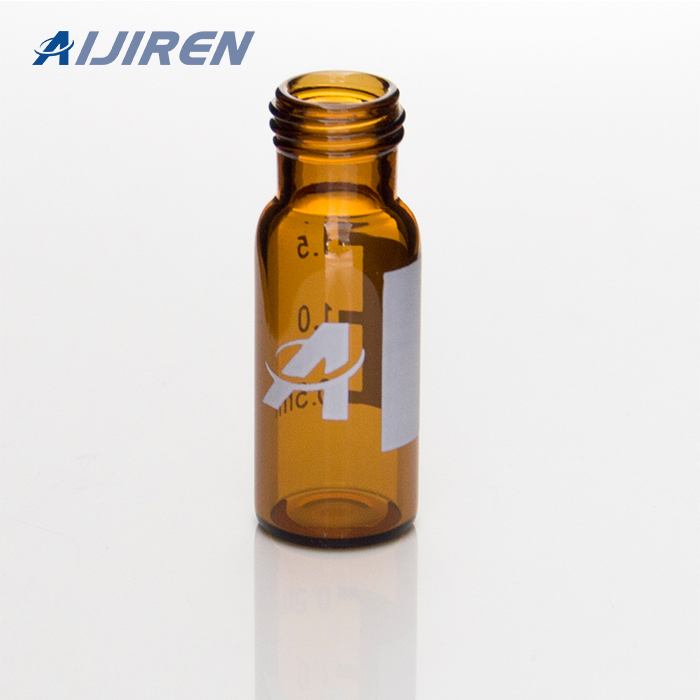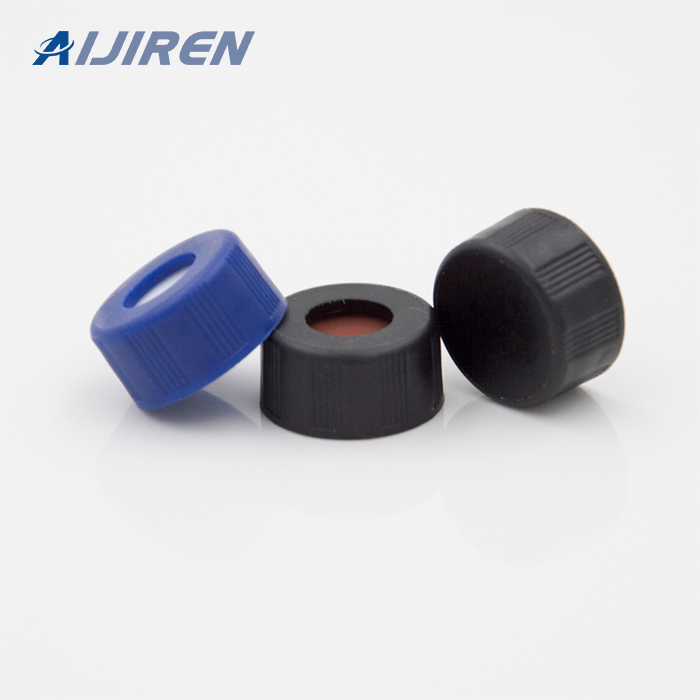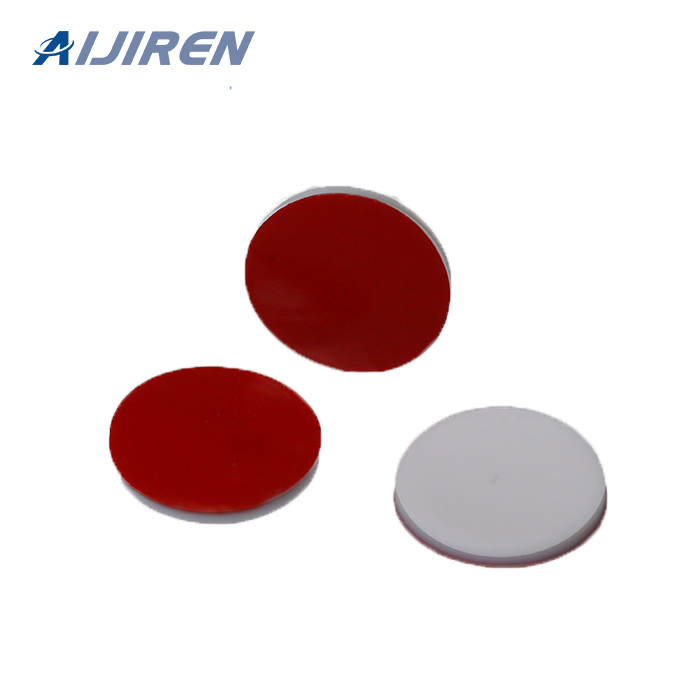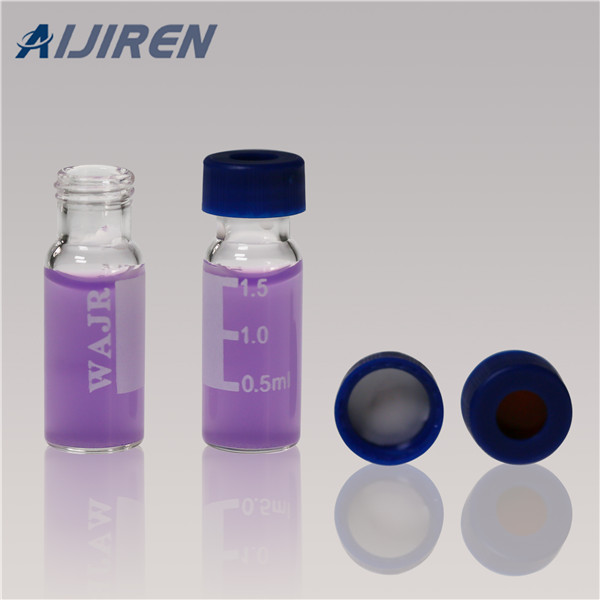



procedures and serum separation 15 mL polypropylene tubes Chemically clean Metal-free Tubes resist speeds of up to 5,000 rpm Ready-to-use and uniform in size and shape, measuring 17 x 120 mm. Graduations are at 0.25, 0.5, 1.0, 2.5, 5, 10, 12 and 15 mL. 17 mm outside diameter Plug type
Oct 18, 2019 · O-ringed tubes should be used during centrifugation of risk group 2 material if safety cups are not available. Corning 1.5 with o-ring Fishersci Cat# 05-538-71A. M-20: plate spinner for rotor for Sorvall ST-16. 8x50 Fixed angle rotor for Sorvall ST-16. Nalgene sealing cap are autoclavable and fit standard 15 ml conical tubes; SigmaAldrich cat
Bottles are graduated to their full working volumes Available in four sizes: 125 mL, 250 mL, 500 mL, and 1 L Pyrex Slim Line bottles are made from the same Type 1 Class A (ASTM E-438) borosilicate glass as standard Pyrex media bottles for chemical and heat
Polypropylene Sterilized by gamma radiation 4 1/2 (110 mL) and 8 oz. (220 mL) capacity available Containers are graduated in 1/4 oz. and 10 mL intervals. Containers with caps are individually wrapped. Containers without caps are packaged in sleeves of 20.
Options are available with or without a self-standing skirted bottom, non-knurl and knurled tubes for single hand operation, in 0.5mL, 1.5mL and 2.0mL sizes, and the option of multicolored caps, with or without tethered straps.
Glass Vials 5 Ml found in: Vial 5 ml, Open Top Sample Vials In Lab File, 20 mL Sample Vial In Lab File, Clr, No Cap, 10 ml Vacule With 22-350 Cap, 4 mL S/T..
HDPE. High Density Polyethylene (HDPE) Plastic Lab Bottles offer good strength and chemical resistance. HDPE bottles offer stronger tensile strength than LDPE containers, are harder and more opaque, and can withstand somewhat higher temperatures: 120°C (248°F) for short periods, 110°C (230°F) for longer periods.
Make sure this fits by entering your model number.; 1. ND9mm Screw Thread Autosampler Clear Lab Vials are made of clear Type 1, Class A Borosilicate Glass with a writable label for sample identification, meeting the international standards for hydrolytic extraction, ASTM E-438 Type 1 class A borosilicate glass, compliant with the requirements of U.S. and European Pharmacopeia which improves
Glass Bottles and Containers. Glassware is the most common family of lab supplies. Glass Bottles and containers provide the best sample integrity. Glass is inert and thus more chemically compatible than plastic, so the only concern about the chemical resistance of lab glassware is the type of liner inside the cap.
The safest practice is to always enter a medication vial with a sterile needle and sterile syringe. There has been at least one outbreak attributed to healthcare personnel using a common needle and syringe to access multiple multi-dose vials for the purpose of combining their contents into a single syringe [ 14 ].
Child Resistant Prescription Vials - Push Down and Turn - Amber - 13 Dram - 12 pcs (Pharmacy Vial, Medicine Container, Pill Container) by Amexdrug $8.49 $ 8 . 49 ($0.71/Count)
Albert's Filter 2ml Clear Glass Autosampler Vial with Writing Area, 8-425 HPLC Screw Caps Lab Sample Vials 100pcs 4.7 out of 5 stars 7 $19.99 $ 19 . 99 ($2.00/10 Items)
Freeze cells in tubes from 1 to 5mL using the Thermo Scientific Mr. Frosty Freezing Container. The simple to use system is designed to achieve a rate of cooling very close to -1C/minute, the optimal rate for cell preservation.
Mark on glass, plastic and metal with Thermo Scientific™ Nalgene™ Black Ink Lab Markers, recommended for use with Nalgene™ Polyolefin paper, notebooks and labels. Pricing & Availability 5
Solution 2: Using percentage by volume (v/v) When the solute is a liquid, it is sometimes convenient to express the solution concentration as a volume percent. Formula. The formula for volume percent (v/v) is: [Volume of solute (ml) / Volume of solution (ml)] x 100. Example. Make 1000ml of a 5% by volume solution of ethylene glycol in water